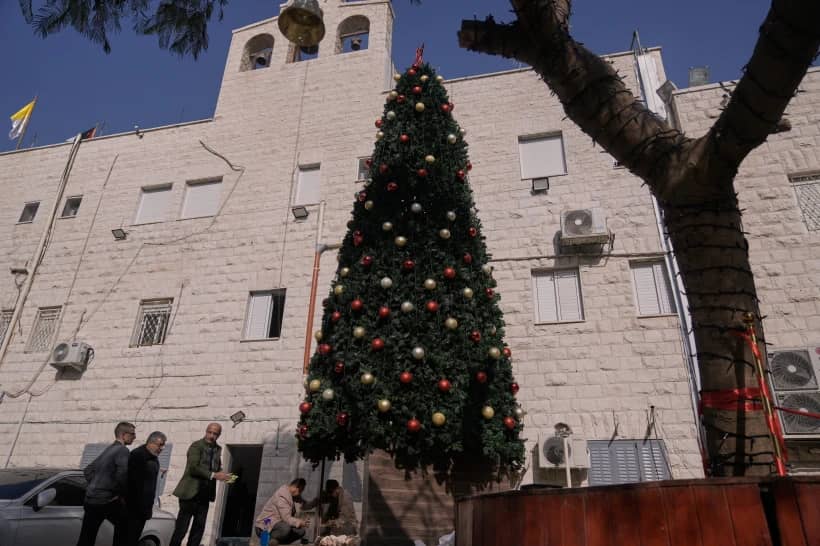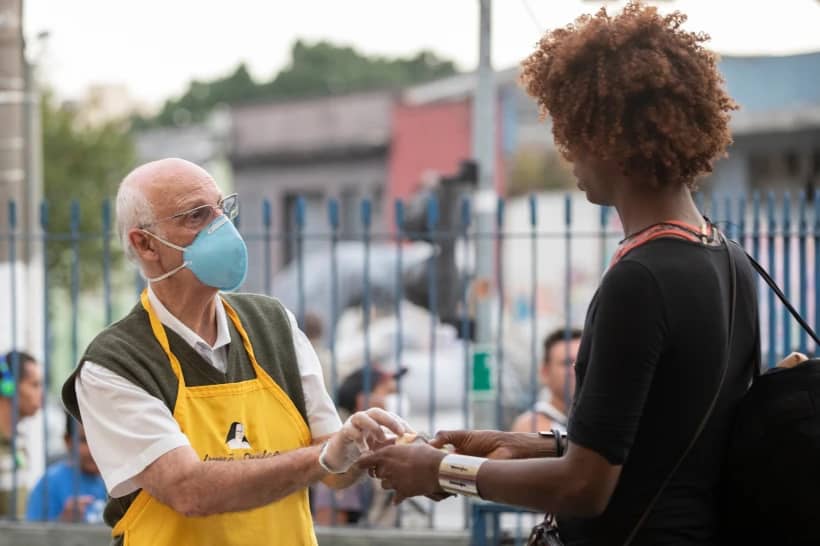ROME – As Catholics around the world enter the holiest week in the Christian calendar, many are setting their plan for Church attendance during the COVID-19 pandemic.
This includes in Latin America, one of the hardest hit regions in the world.
Mexico
The bishops of Mexico, the country with the second largest Catholic population in the world, are asking citizens – and the government – to prevent “a third wave” of COVID-19, that has already killed over 200,000 people in the country.
“This time of Holy Week is not to ignore the reality that we live and take actions that put other people at risk,” reads an editorial from Desde la Fe, the weekly magazine of the Archdiocese of Mexico. “It is not a time of crowds, or parties, or to be part of that risk of a third wave.”
Despite the risks, the Mexican Ministry of Tourism estimates a 58 percent occupancy for hotels in the “long weekend” going from Thursday to Sunday.
The Catholic Church has announced limits on capacity in churches, and the live-streaming of religious services, including the Way of the Cross in Iztapalapa, Mexico City, one of the largest in the world.
“We arrived at Easter 2021 with many wounds that are still open, with the hope that the first months of the vaccination campaign have given us, but also with a clear warning about a third wave of infections,” says the Desde la Fe editorial.
The newspaper also regrets that Mexicans have yet to learn from the pandemic: “A year later, it seems that we have not understood the message of Pope Francis to turn to what really matters and recognize that, if we seek salvation, we are not self-sufficient, that alone we sink, but that together, hand in hand with God, we can overcome this crisis.”
Peru
On March 17, the government of Peru announced a nationwide quarantine for Holy Week from April 1 to April 4, including a 24-hour curfew, only allowing one person per family to leave their homes for essential shopping, although they will not be allowed to use cars.
The bishops released a 16-page document with suggestions on how to better live Holy Week during the pandemic, despite not being allowed to do so in community. For instance, for Holy Thursday, families are advised to watch the Mass of the Last Supper together, with spouses washing each other’s feet, and then parents doing the same for their children, and then children washing their parents’ feet.
The bishops also released a “Letter to the People of God” for Holy Week.
They write that they hope “the grace and peace of God our Father” will dwell in all Peruvians. Much like last year, the celebrations of this Holy Week will be marked by health and safety restrictions due to the coronavirus, “but we want you to know that you will be in our hearts and we will pray for you, for your health, that of your relatives and for all your intentions.”
They say the pandemic is a “long Via Crucis that we are living in our own flesh,” and once again urge the people to turn to Christ amidst this “valley of tears.”
Chile
As Chile goes through a deadly second wave of the COVID-19 pandemic, the Supreme Court ruled on Friday that the health ministry cannot ban the celebration and participation in religious ceremonies.
Last Thursday, an estimated 80 percent of Chile’s 19 million people went back into full lockdown, after health authorities ordered a return to Phase One restrictions, in part to restrict travel over the Easter holidays.
The second wave is pushing the country’s health care system perilously close to its breaking point. Critical care beds are 95 percent occupancy, and many medical staff have taken medical leave due to exhaustion and stress.
A total of 22,587 people have died in the country with COVID-19, and both the British and Brazilian strains have been detected in the country.
Even after the Supreme Court ruling, only 10 people can attend Mass in an enclosed space, while 20 are allowed in an open-air service.
The Chilean bishops conference released a website with materials and suggestions to celebrate Holy Week.
The resources include on-line retreats, Mass schedules, links to join online services, and suggestions on how to prepare for each celebration, including baking bread as a family ahead of Thursday’s celebration, so it can be blessed during the liturgy and then eaten at dinner time.
Follow Inés San Martín on Twitter: @inesanma















